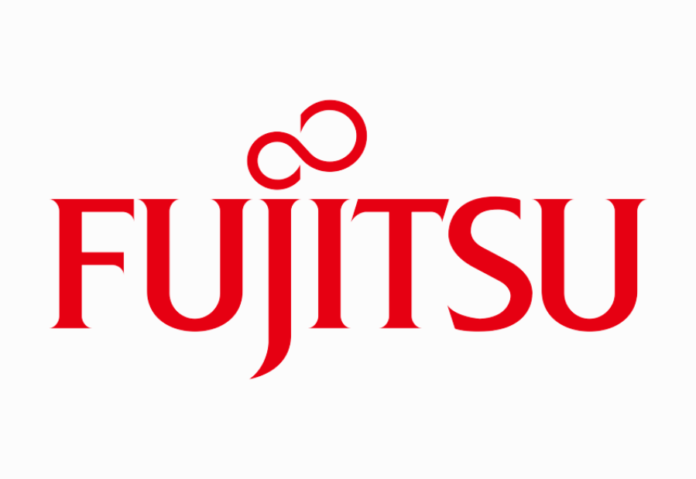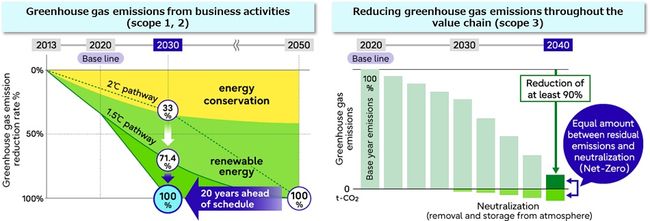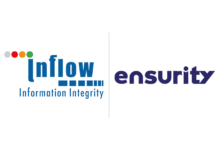
Fujitsu further accelerated its plans to source 100% of the electricity used in its business operations from renewable energy by fiscal 2030
TOKYO, Aug 28, 2023 – (JCN Newswire): Fujitsu today announced that it has accelerated its plans to achieve carbon neutrality in its business by twenty years, setting fiscal 2030 as the new goal to reduce its carbon emissions to zero.

Fujitsu’s roadmap toward carbon neutrality
Fujitsu further aims to achieve net zero greenhouse gas emissions (1) across the Fujitsu Group’s value chain by fiscal 2040. Fujitsu obtained SBTi (2) certification for its Net-Zero targets.
To achieve its GHG emission reduction target, Fujitsu further accelerated its plans to source 100% of the electricity used in its business operations from renewable energy by fiscal 2030, 20 years ahead of schedule from fiscal 2050.
The revised roadmap to realise a carbon neutral future for the Fujitsu Group underlines its commitment to reducing the environmental impact of its entire value chain and providing technologies that contribute to the resolution of customers’ business tasks and various societal issues, serving as a leader in sustainability transformation.
Fujitsu’s roadmap towards carbon neutrality
The Fujitsu Group has been involved in more stringent initiatives to achieve carbon neutrality in its business activities. In April 2021, the SBTi certified Fujitsu’s GHG emissions reduction target as 1.5 degrees aligned. At the same time, Fujitsu raised its GHG (Scope 1 and 2) emissions reduction target for 2030 from a 33% reduction compared to fiscal 2013 to a 71.4% reduction.
To accelerate its journey to carbon neutrality, Fujitsu set fiscal 2030 as its new goal to reduce its carbon emissions to zero, which is twenty years ahead of the previous schedule. In addition,
Fujitsu aims to achieve net zero greenhouse gas emissions in its entire value chain (scope 3), including the supply chain, by fiscal 2040. In June 2023, Fujitsu obtained Net-Zero Target certification from SBTi to achieve decarbonisation in fiscal 2040 compared to fiscal 2020.
Fujitsu further issued the “Fujitsu Group Environmental Action Plan (Stage XI),” outlining the group’s efforts to achieve carbon neutrality and contribute to the resolution of environmental and societal issues.
(1) Net zero greenhouse gas emissions:
Reducing greenhouse gas emissions by at least 90% in the target year in comparison to the base year and reabsorbing remaining emissions (of 10% or less) from the atmosphere through direct air capture (DAC) technologies or by planting trees.
(2) SBTi (Science-Based Targets Initiative):
An initiative jointly established by the United Nations Global Compact, the World Resources Institute (WRI), and other organisations in 2015. It encourages companies to set GHG emission reduction targets consistent with science-based evidence to the level required by the Paris Agreement, validating targets that comply with criteria including indirect emissions not only within the company but also in the supply chain.
(3) 1.5 degrees C level:
According to a report by the Intergovernmental Panel on Climate Change (IPCC), a 1.5-degree increase in average temperature increases the risks of extreme weather, sea level rise, adverse health effects, food shortages, and water scarcity. The United Nations Framework Convention on Climate Change Conference of the Parties (COP) states that the increase in the global average temperature shall be limited to less than 1.5 degrees Celsius above pre-industrial levels in order to avoid the worst effects of climate change.
Also read: Trending Technologies to change our world in Next 5 Years
Do Follow: CIO News LinkedIn Account | CIO News Facebook | CIO News Youtube | CIO News Twitter
About us:
CIO News, a proprietary of Mercadeo, produces award-winning content and resources for IT leaders across any industry through print articles and recorded video interviews on topics in the technology sector such as Digital Transformation, Artificial Intelligence (AI), Machine Learning (ML), Cloud, Robotics, Cyber-security, Data, Analytics, SOC, SASE, among other technology topics





